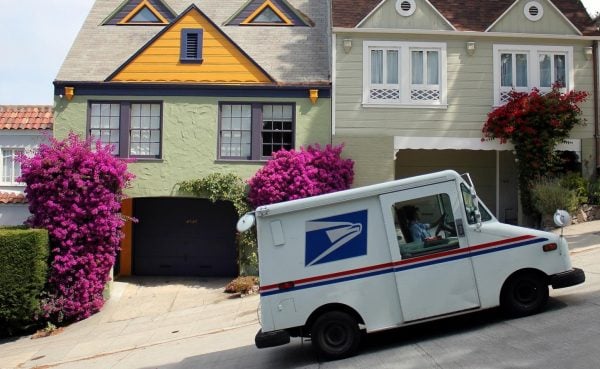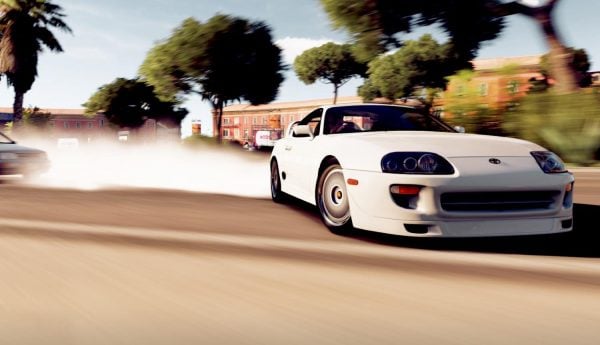This brake has different names: handbrake, parking brake, e-brake and emergency brake. From its names, you’d expect some radically different scenarios, but they do hint at its intended use if we go back far enough.
It’s often called a handbrake as it’s operated with the hand, as opposed to the foot brake. However, some are operated with a pedal on the far left of the driver’s footwell. The majority are operated either with:
- A lever between the driver and passenger seats – mechanical
- A switch or push button (usually between the driver and passenger seats) – electronic
- A handle under or next to the steering wheel – mechanical
Mechanical handbrakes are in their twilight years, being phased out for electronic handbrakes that don’t create pointy, hard objects in the cabin and free up all-important space near the left hand for (yet another) cup holder. Around 70% of new cars come with push-button, electronically operated handbrakes – yet another electronic thing to go wrong.
When you drive an automatic car, don’t confuse the handbrake with putting the gearbox in P for Park. While some new cars will automatically apply the handbrake if the gear lever is in P and the engine is switched off, it’s a different mechanism. The brakes of the handbrake are applied to the rear wheels, whereas putting the gearbox in P locks the output shaft of the transmission by using a parking pawl to stop it rotating.
When should you use your handbrake?
When parking
If you have an automatic gearbox, apply the handbrake first, then put it in P. This ensures that the car’s weight isn’t resting on the parking pawl. If you don’t use the handbrake, you’ll be putting constant pressure on the parking pawl and transmission components which will eventually fail, leading to costly repairs.
If you have a manual gearbox, apply the handbrake then put the gearbox in neutral on flat ground, reverse if you are parked facing downhill, or first if you are parked facing uphill. If the handbrake fails, or it wasn’t applied tightly enough, the resistance from the engine will stop it rolling on the hill.

In an emergency
This is more relevant to cars of yesteryear as modern vehicles have multiple systems that must all fail in order for the brakes to fail. However, it’s still possible due to brake fade or mechanical failure.
If your foot brakes fail, use the handbrake. There are four dangers, though:
- The handbrake is a weak brake – it’s not going to slow you down very quickly
- The handbrake only works on the rear wheels. If it locks the wheels, you’ll skid and potentially lose control
- The rear wheels can only accommodate a maximum of 30% of the braking power compared to more than 70% on the front wheels – you won’t be slowing down quickly, even if your handbrake is good
- In very cold weather, a handbrake can seize.
Stopping your vehicle from rolling while waiting
You might be in stop-start traffic while driving uphill in a car with a manual gearbox. It’s much easier to hold the car from rolling backwards using the handbrake than using your foot on the footbrake because you’ll need your left foot for the clutch.
Waiting at an intersection
While you’re waiting at an intersection, there are two reasons you’d use your handbrake:
If you have your foot on the brake and someone hits you from behind, your foot will lift off the brake and you’ll hit the car in front; the handbrake will absorb some of the impact.
If it’s nighttime, brake lights are bright and not that pleasant for a driver behind you to look at. Advanced drivers think about courtesy to other road users all the time and, while this is a minor thing, might be appreciated by the driver behind.
Handbrake turns
You’re not going to use this on the road, but if you do competition motorsport, the handbrake is one of the best ways to flick the back of the car around a tight hairpin bend. It’s also one of the ways drifters initiate the sideways slide through the corners. Don’t expect your stock standard handbrake to be up for the task, though – you’ll need a beefier option designed for motorsport.


